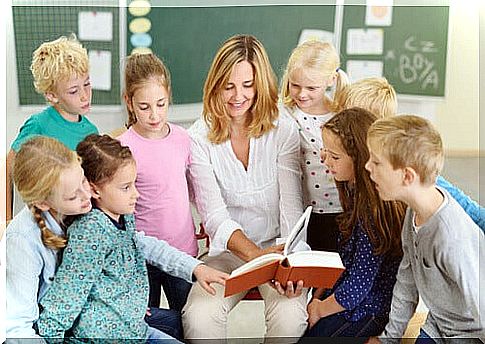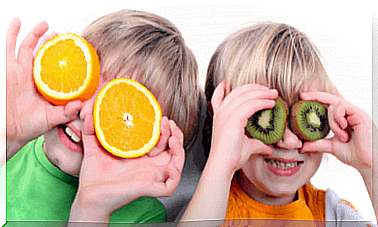5 Stories To Work On Emotions With Children – Being Parents

An emotionally healthy child is a happy child, able to cope with emotionally complex situations. While it is not so easy to help them develop this ability, you have an excellent tool: stories to work on emotions. Find out how to educate children’s emotions and feelings through reading stories.
Stories to work on children’s emotions
These days, developing children’s social skills is a key factor that will help them become better people. Understanding and channeling the emotions that arise as situations arise will strengthen the child’s self-esteem.
In addition, it will make the child aware of the emotions of others and therefore he will respect their feelings. We have chosen for you the best stories to manage certain emotions of the child:
Joy
Story: My little joys, written by Jo Witek and Christine Roussey.
This story tells the beautiful story of a grandmother who gives her grandson a special little box to keep treasures. The principle is to keep the treasures of life in this box, those moments that really bring us joy when we remember them.
This awesome illustrated book will help you learn about the things your child values the most. In addition, you will also discover what makes your little one happy by asking him what he would keep in this box.
Empathy
Story: The Little Sheep Who Came to Dinner, written by Steve Smallman and Joelle Dreidemy.
It is a short story in which feelings such as compassion and especially empathy are brought to the fore. She tells how a hungry wolf ends up falling under the spell of the little sheep which is supposed to be her favorite meal.
This tale awakens feelings that push children to show their compassionate and supportive side towards others. It teaches them that they can decide how to act in the face of circumstances that test their character and nature by exercising self-control.

Love
Story: My love, written by Astrid Desbordes and Pauline Martín.
Here, our main character, Alchibaldo, is a child about to fall asleep, but who asks his mom something. He wants to know if she is going to love him for life and she answers him with a story. His mother then tells him how was born the unconditional love that every mother feels for her child since she learned of its existence.
This story will assure the child that no matter what happens, you will always love them, and it will strengthen the security of your love for them. Stories for working on emotions involve more than one feeling, such as self-confidence, sincerity, and kindness.
“Understanding and channeling the emotions that arise as situations arise will strengthen the child’s self-esteem”
Jealousy
Story: Ghosts don’t knock on the door, written by Eulalia Canal Iglesias.
This work tells the singular and funny story that develops between two good friends, Ours and Marmotte, who always play together. The harmony of this pair is altered by the arrival of Duck, who according to Marmotte endangers his relationship with Bear.
This story mainly deals with the feeling of friendship, but the context is based on jealousy. It highlights the security of the feelings that the child feels for and towards a particular person.

Envy
Story: Chat Rouge, Chat Bleu, written by Jenni Desmod.
We tend to confuse envy with jealousy. The point is, although they are very similar, they are not the same feelings. While envy involves two people, jealousy involves three.
This interesting story is about two cats who live in the same house, but don’t get along at all. Each cat has different skills: the blue cat is very intelligent and the red cat very fast. Reading these tales to work on emotions such as self-esteem and envy will help the child to accept himself as he is.
Finally, if you want to strengthen family unity and encourage your child’s education and emotional intelligence, tell them a story. But not just any, if not one of those that work on children’s emotions to stimulate feelings that they must learn to deal with.
Remember that learning is closely related to emotions. Teaching them how to master them will help them avoid learning disabilities.









